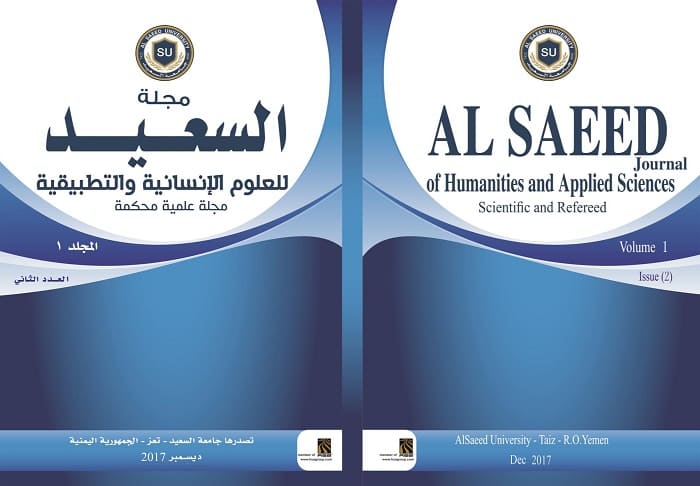The factorial structure in the novel The Darkness of Yael by the Western Imran
DOI:
https://doi.org/10.59325/sjhas.v1i2.33Keywords:
Working Structure – Narrative Composition –Rhetoric CompositionAbstract
The study examines the narration of Umaa Bannil for Mohamed Gharbi Omran , which adopts a narrative-rhetoric approach and sets out its goal of reaching the working structure that reveals the potential meaning of the text as it is presented by the form of content.The form of content also focuses on the surface structure with its two compositions:
1-Narrative: which consists of the narrative program and the narrative Schema. The general narrative program of the text is formed by two scopes: the first Primary scope: the movement of its growth is taking place in the internal psychological and mental part of the acting self. The Second Scope is a complementary scope. Its movement goes according to existing data in the given world. Then, there is an exchange between the two scopes. This exchange is justified by the changing state of the acting-self which has changed during its period of living in God’s darkness.
2-Rhetoric: It focuses on:
-Actors and Factors: The working roles for the actors and selecting the working model are defined according to the dual networks of relationships between the six factors.It takes an analytical path from the narrative level to the rhetorical level.The timing and space Structures: The commitment and Timing structures are distributed throughout the whole text, (the subject of the study) as follows:
1-Space- Starting Time\ the Mother, Yaeel’s Hous.
2-Space- the Middle Time\ the space and time of the acting verb.
3-Space- The target Time \ Time and space in which the existence of the self-essence or when it fails to get the value subject.
Downloads
Published
How to Cite
Issue
Section
License
copyright is retained by the authors. Articles are licensed under an open access Creative Commons CC BY 4.0 license, meaning that anyone may download and read the paper for free. In addition, the article may be reused and quoted provided that the original published version is cited. These conditions allow for maximum use and exposure of the work.



